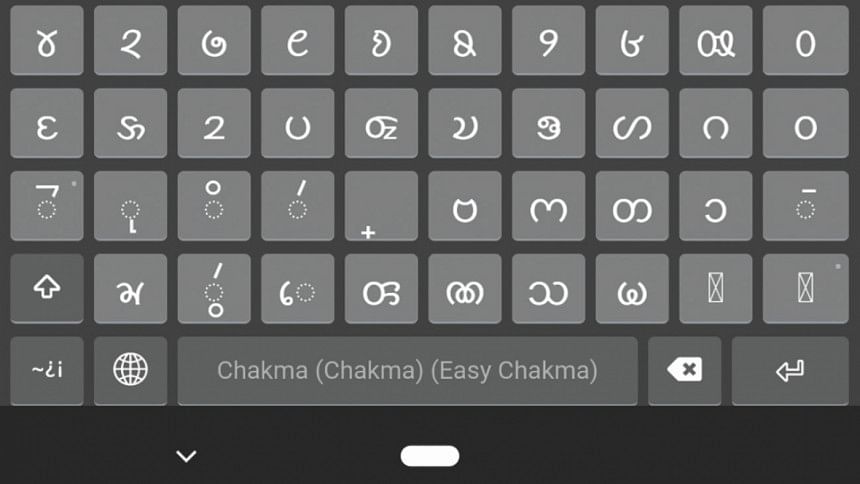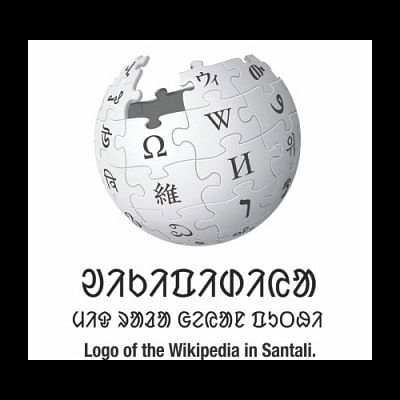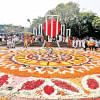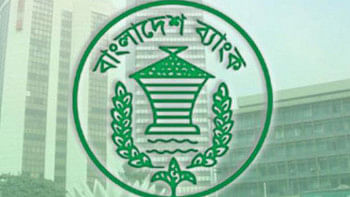Battling to keep mother tongue alive

About a decade ago, Bivuti Chakma and his companion Jyoti Chakma pondered on how to penetrate the digital world with their native language. Far away from them, Manik Soren, from the Santal community, embarked upon doing the same.
As it turns out, in the land where an entire people rose up to defend their language and in a country born out of the repressed part of Pakistan in 1971, 14 Adivasi languages are classified as endangered today.
Against this backdrop, these three Adivasi youngsters overcame all barriers to take the lead in imparting knowledge in their native languages on a digital platform. The goal was to encourage members of their communities to learn and spread the use of their mother tongue across the globe.
The first thing that struck Bivuti, who studied up to the HSC level, was that Bangla was widespread in every form -- on desktop, internet, mobile phones and social media platforms. He, however, could not even write anything on his personal computer in his mother tongue, let alone communicate with others using it.
This prompted Bivuti to start work on creating a digital font called ASCII that would enable Chakma people to write in their language on desktop computers. Meanwhile, in an online interaction he met Jyoti, a student of computer science engineering at Dhaka International University, who also wanted to do something for the language.

As the duo discovered that they shared a passion for their language, they took it upon themselves to create digital tools to facilitate and popularise e-communication and e-learning using it.
Together, Bivuti and Jyoti have passed one milestone after another since 2011.
Making waves on the digital platform, Bivuti and Jyoti communicated with Microsoft and Google to upgrade their systems so that they can operate websites in the Chakma language.
An application, Easy Chakma Keyboard, has been designed to write in Chakma on Windows, IMAC, Android and iPhones.
Jyoti says the language of a minority community is often threatened due to different forms of pressure to communicate in the language of the majority population.
About 1 crore Chakmas now live across the world; they can now access the learning materials of their language by going to https:// hilledu.com/.
The journey has been quite long and arduous, said Jyoti in an interview with The Daily Star on Monday.
Meanwhile, Santali Language Wikipedia (http://sat.wikipedia.org) was launched on August 2 last year.
Manik Soren, who led the initiative, thanked teams of the Bangla Wikimedia community who encouraged him to create the Santali Language Wikipedia in 2012. The move taken initially slowed down only to gain momentum five years later.
To take the Santal movement forward, Santali Wikipedians from Bangladesh, India and Nepal have joined Manik to make the project a success.
At the beginning, there was a debate over which alphabet they should use since the use of Bangla or Roman alphabet was more popular.
But they finally chose to use Ol Chiki script developed by Santal pandit Raghunath Murmu in 1925.
The script draws influence from tools and signs that Santali people use in their everyday lives and so it reflects their culture, Manik said. The Wikipedia till now has 566 articles and 1,063 users.
While Manik is looking to enrich the Santali Wikipedia, the next project of Bivuti and Jyoti is to develop a translator that would convert Bangla statements to Chakma and vice versa.
“It will take time,” Jyoti said.

 For all latest news, follow The Daily Star's Google News channel.
For all latest news, follow The Daily Star's Google News channel. 








Comments